The 1980s were a time of exciting change for Marvel’s superheroes, anchored by the introductions of new versions of Iron Man, Thor, The Incredible Hulk, and, of course, Captain America.
The debut of John Walker, a new, more aggressive Captain America (who recently made his MCU debut in Disney+’s The Falcon and The Winter Soldier) is just one of the standout moments during the Captain America comics of the 1980s. Anchoring the decade was the run of writer Mark Gruenwald, who took the reins of Captain America in 1985, beginning an incredible 10-year tenure on the title.
“Cap For President!” Captain America #250, 1980
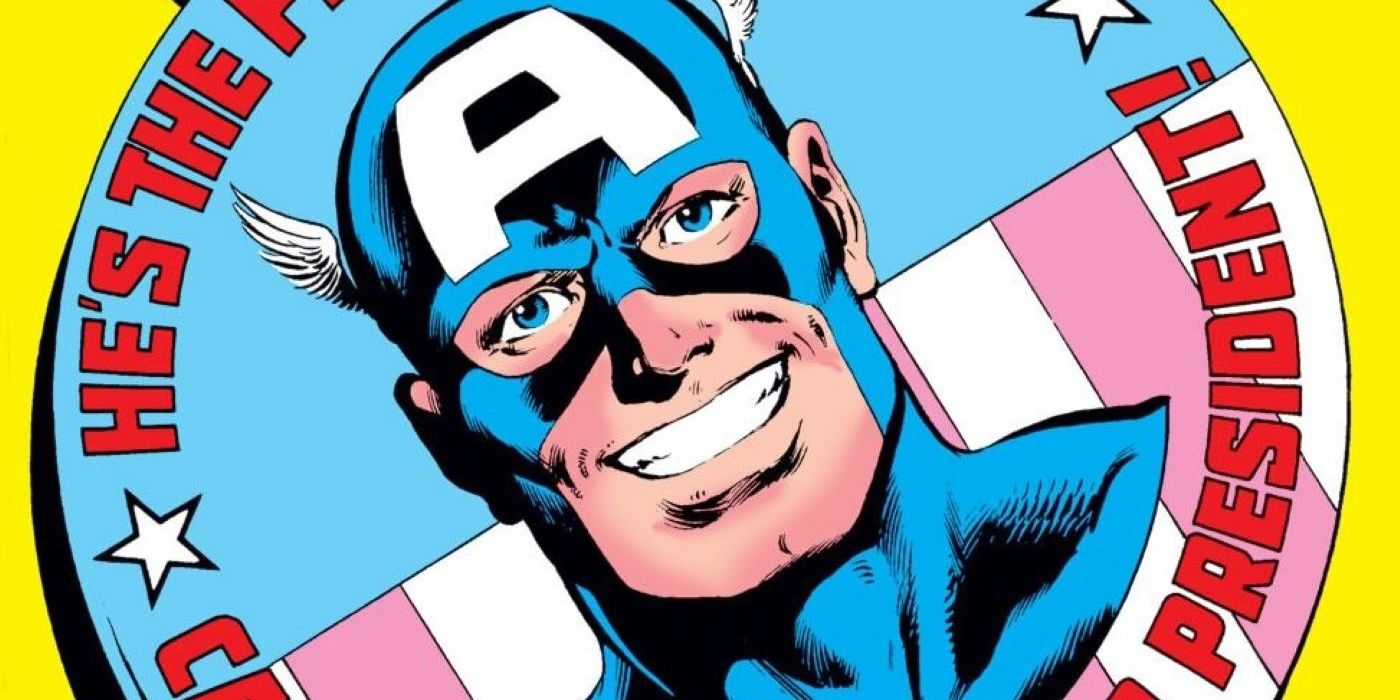
One of the most memorable moments of artist John Byrne’s short but notable stint on Captain America, issue #250 sees a rumor circulating the tabloids of the Marvel Universe announcing Rogers’ intention to run for president. As Steve begins to seriously consider the prospect, he is courted by both the Democratic and Republican parties, each wanting him to represent their side, while his Avengers teammates weigh in.
Beast offers to manage his campaign, Iron Man warns him of the perils of bureaucracy, and Vision, in his infallible logic, points out that Steve is woefully unqualified for the role. A future What If? story would later introduce a world in which Rogers did in fact become POTUS, but in this version he ultimately decides not to run, fearing that his status as the embodiment of the American Dream would be at odds with his duties managing the reality of the country itself.
“Serpents Of The World Unite!” Captain America #310, 1985
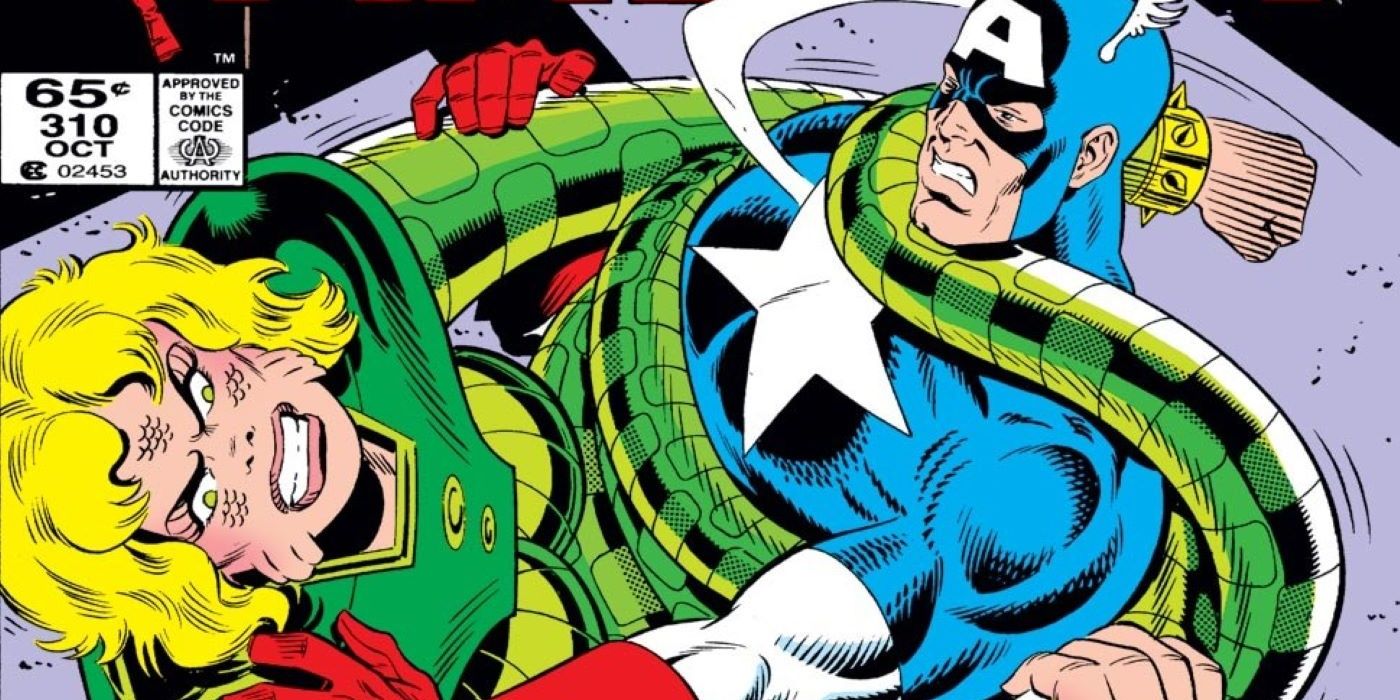
For reasons unclear, Captain America has acquired an aggressive amount of snake-themed adversaries throughout the years. Issue #310 finally accomplishes the inevitable, when they join together to become the Serpent Society, an enduring group of villains who would eventually grow to over a dozen members.
Notably debuting in this issue as one of a handful of brand new snake-themed characters is Rachel Leighton, alias Diamondback. Introduced only a few issues into Gruenwald’s run on the title, Leighton would gradually evolve into an off-and-on partner and love interest for Captain America, and one of Marvel’s greatest redemption stories.
“Should Old Acquaintance Be Forgot” Captain America #253, 1980
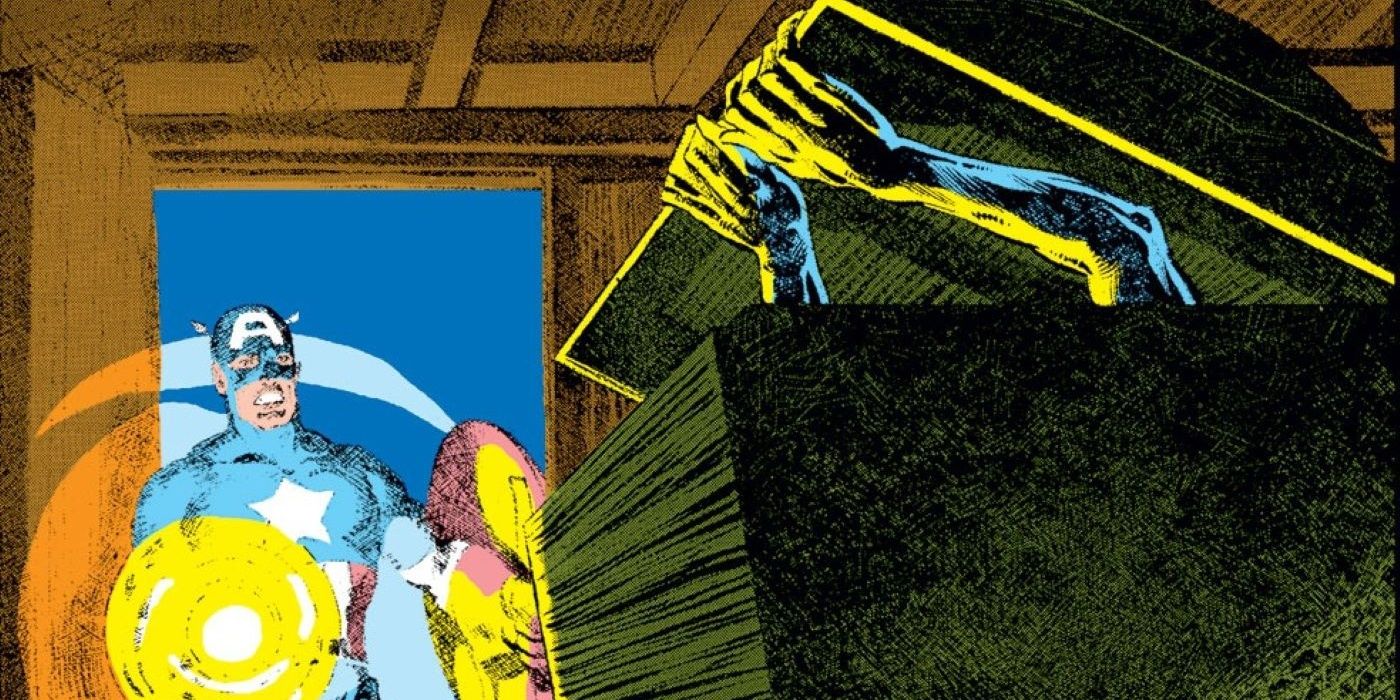
Captain America comics are known for their elements of science fiction, action, and espionage. Rarely is the book considered amongst the pantheon of Marvel’s greatest horror comics.
However, a two-issue tale taking place between issues #253-254 proved the versatility of the character extended to the supernatural as well, when Captain America travels to England to battle the vampire Nazi-sympathizer Baron Blood. While their actual fight takes place in the following issue, #253 sets up the conflict with a moody, brooding story as Johny Byrne’s art channels the classic EC horror comics of the 1950s.
“Sturm Und Drang: The Life And Times Of The Red Skull” Captain America #298, 1984
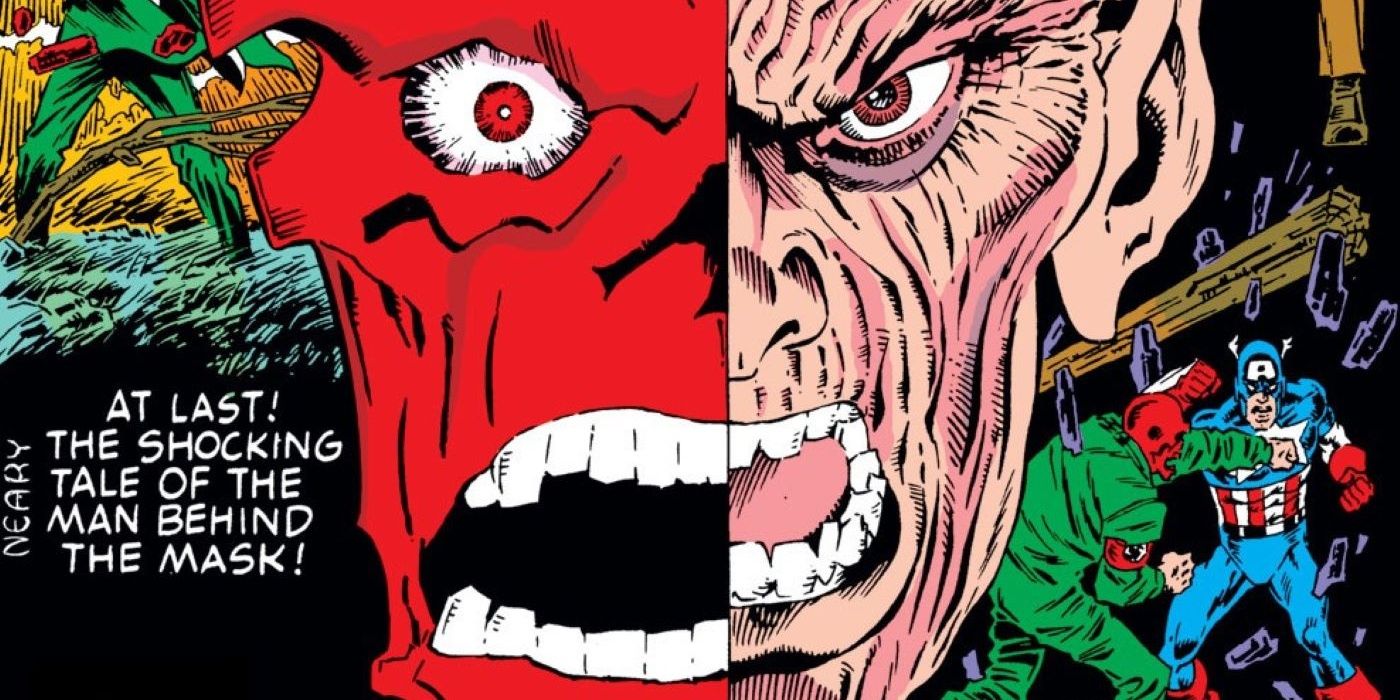
It’s hard to believe that Captain America’s most recognizable foe, the Red Skull, existed in comics for over 40 years before receiving a definitive origin story. Although the title still read Captain America, issue #298 sees the Skull steal the show, revealing for the first time ever his entire life’s story in a 28 page-long diatribe.
Interestingly, the captive Rogers, forced to listen as the Skull relives his past glory, receives absolutely zero dialogue in the issue, instead ceding the spotlight to his nemesis in a story that was long overdue.
“Das Ende!” Captain America #300, 1984
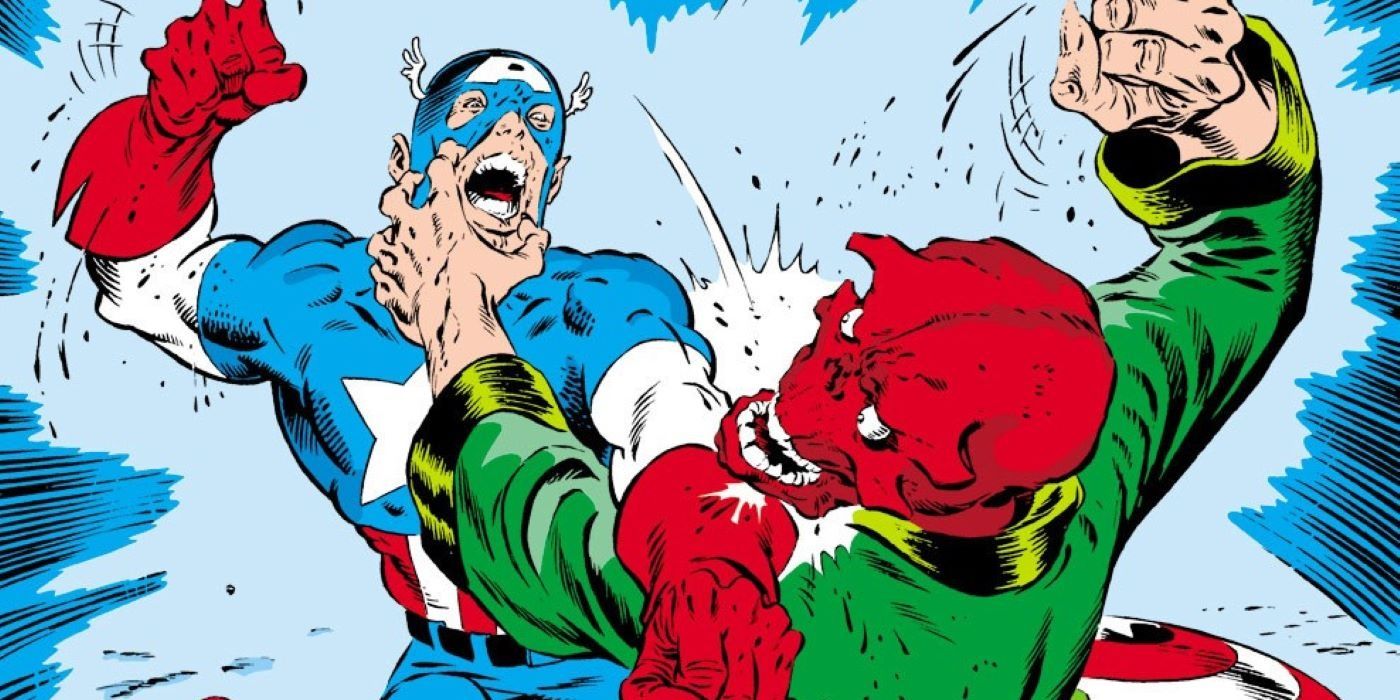
While Mark Gruenwald’s run is the undeniably the definitive Captain America of the 1980s, writer J.M. DeMatteis had his own fan-favorite stint on the title at the beginning of the decade, lasting from 1981’s issue #261 until issue #300 in 1984.
Wrapping up his tenure with one of the greatest Red Skull stories ever written, DeMatteis finished strong, and his final issue is arguably his best. With an ending that, if not for future retcons and revelations, could have easily been cemented as the last, #300 reads like the climactic, chapter closing event it was intended to be.
“The Replacement” Captain America #333, 1987
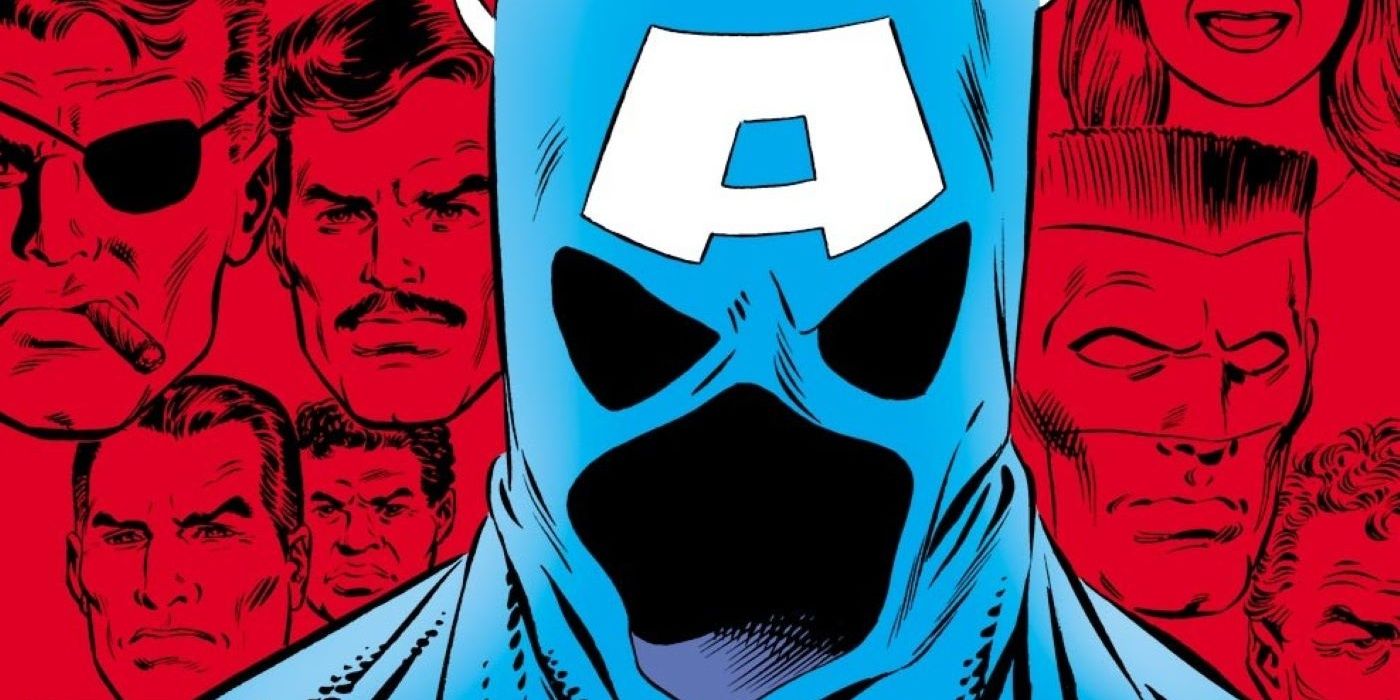
MCU fans are likely by now familiar with John Walker, the replacement Captain America who made his on-screen debut in Disney+’s The Falcon and The Winter Soldier. The comic book events that inspired the MCU series began with the resignation of Steve Rogers in issue #332, before immediately going off the rails an issue later when Walker was selected to wield the shield in issue #333.
Like his live-action counterpart, comic book John Walker was an arrogant, aggressive uber-patriot, every bit the antithesis of his predecessor. Introduced to readers a few issues prior as the obnoxious would-be hero “Super Patriot”, Walker’s ascension to the legendary role of Captain America signaled an exciting new direction for the comic as writer Mark Gruenwald began to secure his legacy.
“The Long Road Back” Captain America #337, 1988
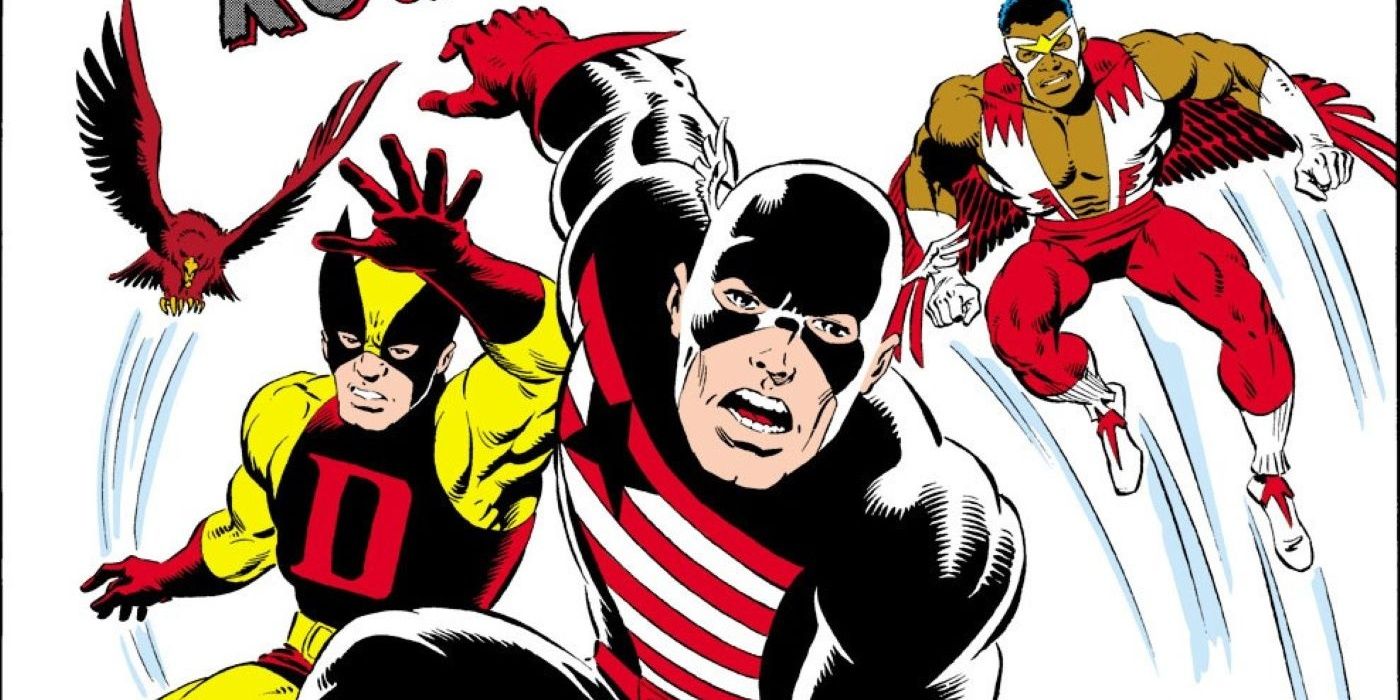
Five issues after relinquishing his role as Captain America, a trio of Steve Rogers’ closest allies convince him to get back in the game. Donning a modified black version of his classic costume, Rogers returns as a hero symbolically mourning the direction of a country he loves but feels has lost its way.
With a cover featuring the Falcon, Nomad, and D-Man alongside Rogers in an homage to Jack Kirby’s cover for Avengers #4 (itself the issue that reintroduced Captain America into the modern world), Captain America #337 reintroduces Rogers in a new identity as simply, “The Captain”; an identity every bit as symbolic as his previous.
“Surrender” Captain America #345, 1988
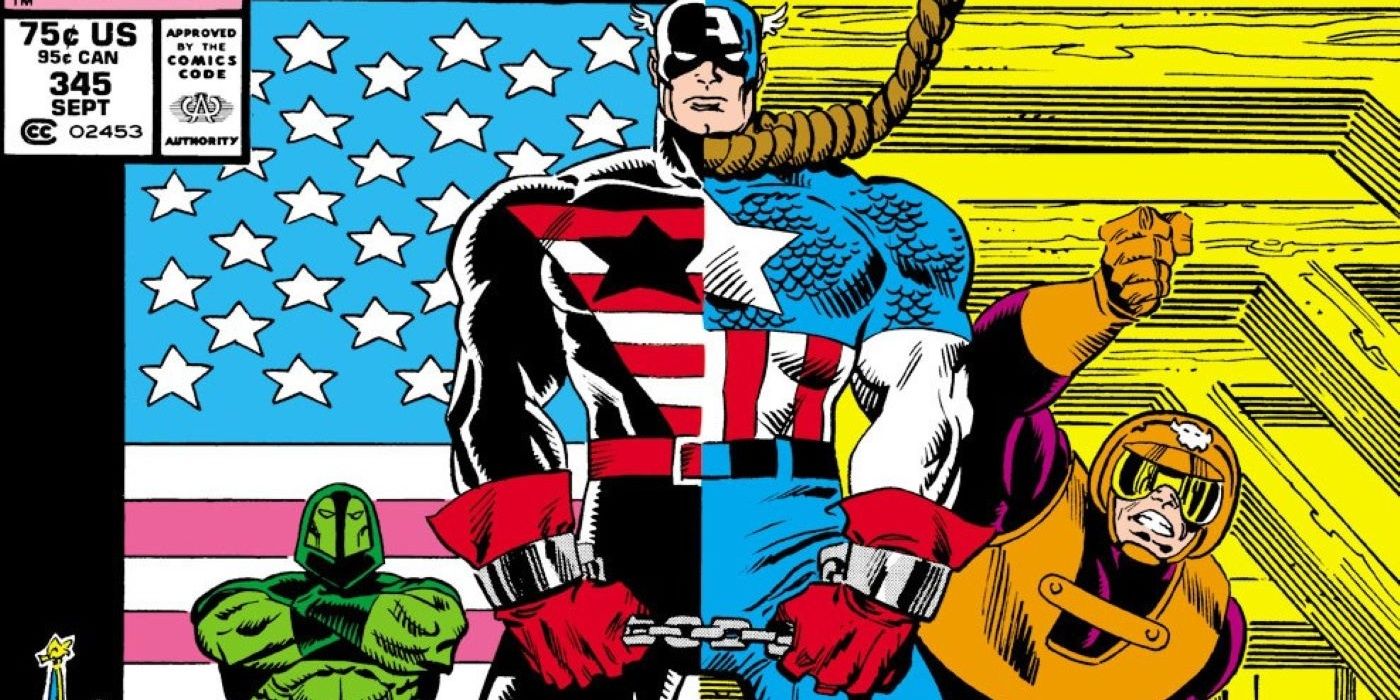
If ever there were doubts about John Walker’s qualifications as the new Captain America, they were solidified by the final page of Captain America issue #345. When his civilian identity was leaked to the public a few issues prior, Walker began to descend into an uncontrollable paranoia, becoming increasingly more erratic and violent as his personal and professional lives became inextricably blurred.
In a climactic moment that was emotionally mirrored on-screen in The Falcon and The Winter Soldier, Walker finally crosses the line, succumbing to his rage and brutally executing a group of terrorists with Captain America’s iconic shield as the guillotine. Eschewing idealism for pragmatism, John Walker had always been conceived as a character representing the polar opposite embodiment of Steve Rogers’ unwavering patriotism, and never was that point hammered home harder.
“Seeing Red” Captain America #350, 1989
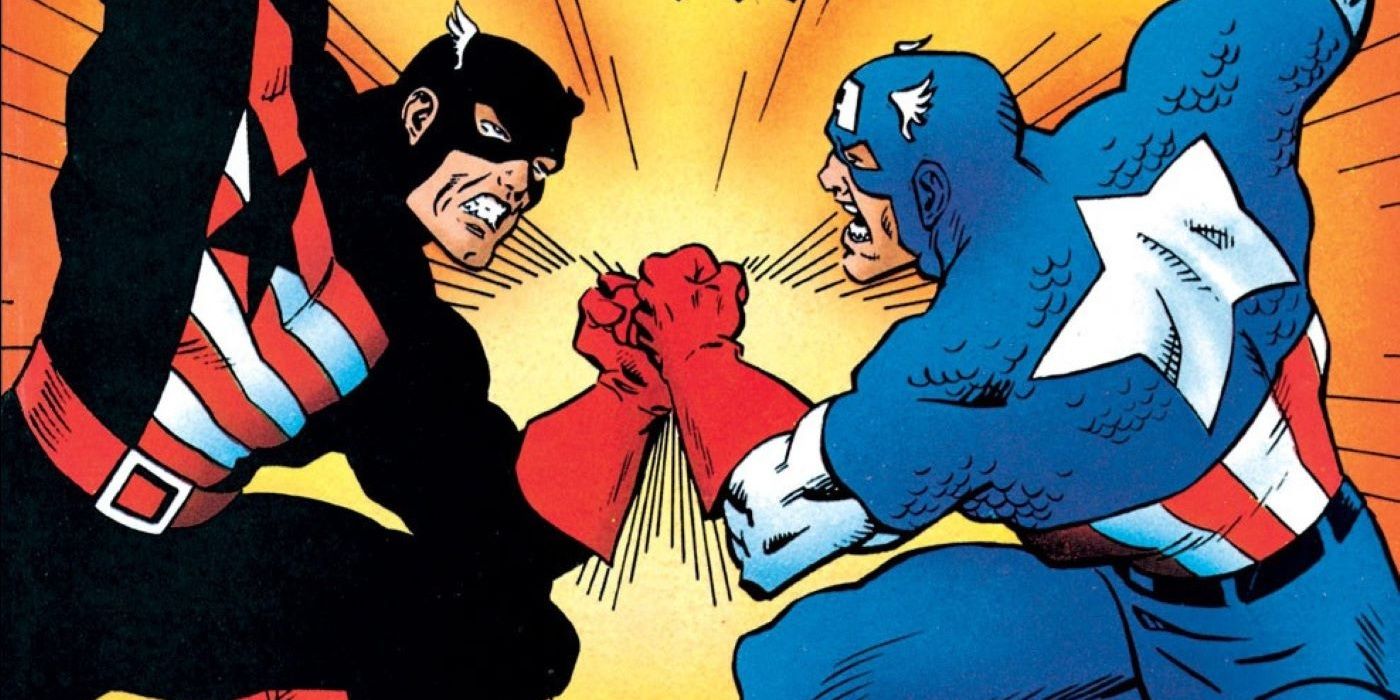
The confrontation between Captain Americas Steve Rogers and John Walker had been building for over a year, and their inevitable altercation delivered upon its expectations. Although Rogers was the victor, triumphantly reclaiming his rightful status as the one, true Captain America, Walker’s willing surrender, and later valiant assist as Rogers battled a resurrected Red Skull, capped off a redemption arc that had been simmering since before his visceral fall from grace.
By this point, Walker had begun to amass a loyal fanbase of his own, with many fans preferring the unorthodox approach and unpredictability of the new Captain America and gravitating towards Walker as the more interesting character. As he encouraged the reluctant Rogers to officially return to the role, it seemed as though Walker’s tumultuous tenure as Captain America would be the precursor to a greater heroic journey, which made it all the more shocking when he was seemingly assassinated in the following issue.
“Reawakening” Captain America #354, 1989
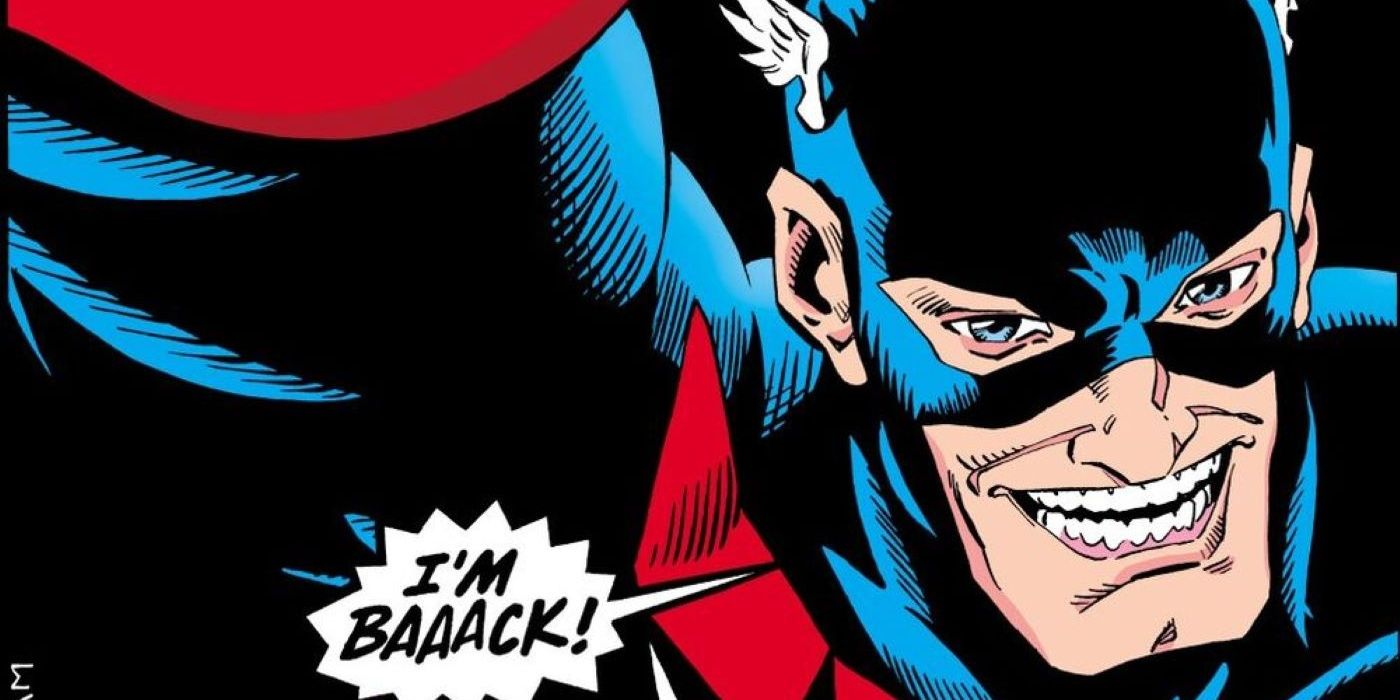
The unexpected popularity of John Walker during his time as Captain America inadvertently created a legitimate new hero with his own base of dedicated fans. Marvel Comics capitalized upon the opportunity by transforming Walker into the newest member of their rapidly growing pantheon of legacy heroes, reinventing the former Super Patriot as the U.S.Agent. Dressed in the fan-favorite black costume worn by Steve Rogers during his time as “The Captain”, a rejuvenated Walker returned under his new alias in Captain America #354. Future stories would continue his heroic ascent, and Walker would eventually go on to become a tenured member of the West Coast Avengers.
“Reawakening”, written by Mark Gruenwald and penciled by Kieron Dwyer, in addition to being a watershed moment in the Marvel Universe, also employs a storytelling technique that is unique to the medium of comics. Told “in parallel”, each page is split in half horizontally, with the top half depicting the narrative of Steve Rogers and the bottom chronicling the return of John Walker; each panel a mirror of its corresponding counterpart. Experimental layouts such as this would become more common in the ensuing years as the comics medium matured. Meanwhile, John Walker, the 80’s most enduring addition to Captain America comics, continues to mature as a character.




